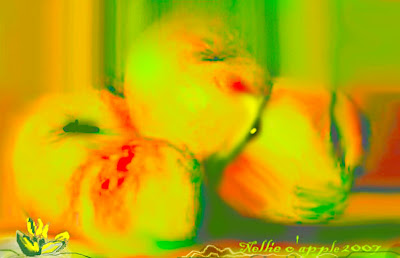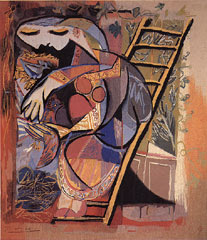JUST a day after the Art Gallery of NSW announced a $4 million gift from one of Sydney's richest families to create a contemporary art gallery, the rival Museum of Contemporary Art has trumped it, unveiling a $10 million donation from two of the city's wealthiest businessmen.
David Coe, the financier and museum chairman, and Simon Mordant, its fund-raising foundation chairman, confirmed to the Herald yesterday that they had each given $5 million to help fund a new educational wing and cafe.
Their gift is believed to be the largest single donation by private philanthropists to any Australian arts organisation.
It comes just weeks after Mr Coe, a keen skier, almost died in an avalanche in New Zealand.
The pair said they'd been working on a $50 million refurbishment and extension plan for 18 months with the MCA's director, Elizabeth Ann Macgregor, and architect Sam Marshall.
In 2001, two schemes to redevelop the museum were withdrawn after criticism from the heritage lobby and oppponents including the former prime minister Paul Keating.
One $100 million scheme involved the demolition of the 1940s sandstone building. The $80 million option involved a glass structure - ridiculed as a gigantic Ikea coffee table - sitting over the former Maritime Services Board headquarters.
This time, Ms Macgregor says, she has held informal talks with heritage groups, assuring them that the new concept will leave the facade and integrity of the existing building intact.
Yet the proposed new wing, at the Harbour Bridge end of the site on an existing car park, "will be unmistakably modern", Mr Coe said. Critics claim one of the key failings of the existing building is that it does not flag that it is a contemporary arts centre.
"This is one of the most photographed parts of the Australian landscape," Mr Coe said. "But there's no doubt the external fabric of this building does not match what we do internally."
Mr Coe and the English-born Mr Mordant - whose wife, Catriona, is a trustee on the Art Gallery of NSW Foundation - said $25 million would be raised from the business community, leaving federal and state governments and the City of Sydney to fund the remaining $25 million.
"We've already got support from other philanthropists that we are not yet ready to announce," said Mr Mordant, a corporate adviser.
The proposed annexe will house a lecture theatre, educational facilities and a cafe.
About $18 million of the budget has been earmarked for improving the existing building - including opening up a new Circular Quay vista from the George Street entrance.
On Tuesday, the family of the late Italian-born construction magnate Franco Belgiorno-Nettis announced details of a $4 million donation to the Art Gallery of NSW. The money will be used to convert storage space into a contemporary art gallery.
Source
Steve Meacham
August 30, 2007
FREE PREVIEW
Word Count: 1,257
Madrid art
Vincent Van Gogh spent the last two months of his life
in Auvers-sur-Oise, a small village north of Paris, surrounded by hills, forests and wheat fields. Looked after by an art-loving doctor, Paul Gachet, and inspired by the summer glory of the landscape, Van Gogh entered a final, frenetic period of productivity, finishing around a painting a day. Though they would break no new ground stylistically, Van Gogh's late works capture a remarkable range of moods, from spring-like restlessness to autumnal despair.
Madrid's Museo Thyssen-Bornemisza has mounted the first major show devoted to Van Gogh's final period. "Van ...
Source: • THE FULL WSJ.com ARTICLE IS ONLY AVAILABLE TO SUBSCRIBERS.
LIBÉRER LA PRÉVISION
Compte de Word : 1.257
Art de Madrid
Vincent Van Gogh a passé les deux derniers mois de sa vie
dans l'Auvers-sur-Oise, un petit nord de village de Paris, entouré par des collines, des forêts et des champs de blé. Occupé par un docteur art-affectueux, Paul Gachet, et inspiré par la gloire d'été du paysage, Van Gogh a écrit une période finale et frénétique de la productivité, finissant autour d'une peinture par jour. Bien qu'ils ne cassent aucune nouvelle terre stylistiquement, les travaux en retard de Van Gogh's capturent une gamme remarquable des modes, de ressort-comme l'agitation au désespoir automnal.
Museo Thyssen-Bornemisza de Madrid a monté la première exposition principale consacrée à la période finale de Van Gogh's. « Fourgon…
Source : Le • le PLEIN ARTICLE de WSJ.com EST SEULEMENT À LA DISPOSITION DES ABONNÉS.




























